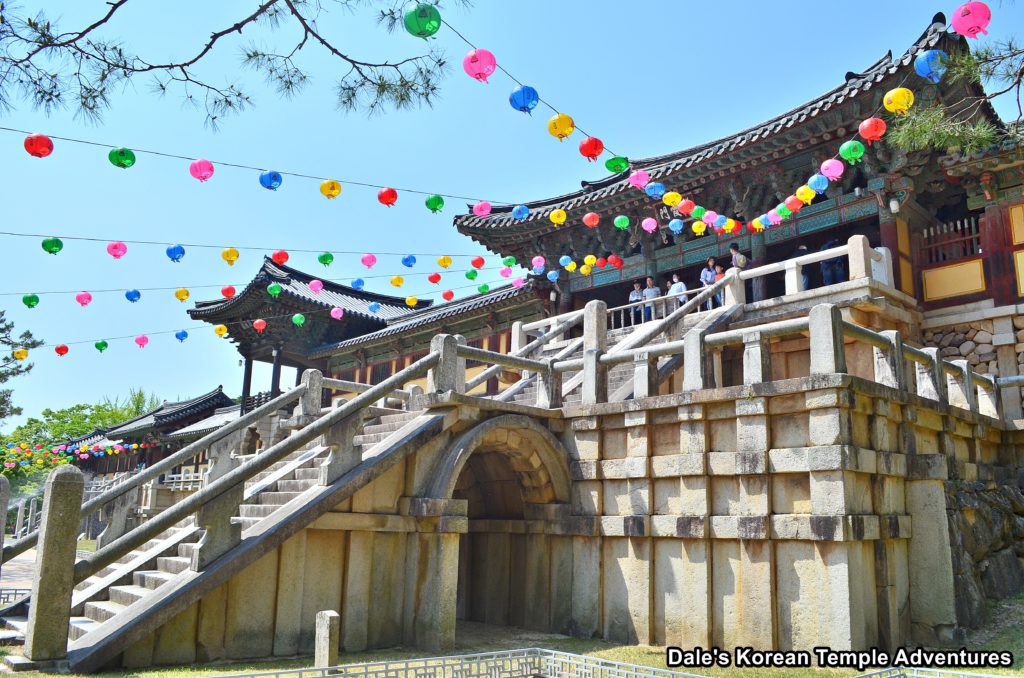
Hello Again Everyone!!
Without a doubt, Bulguksa Temple in Gyeongju is the most famous Korean Buddhist temple both in Korea and internationally. Not only is it a UNESCO World Heritage Site from 1995, but it also houses seven National Treasures, six Treasures, and Bulguksa Temple itself is considered a Historic Site by the Korean government.
Bulguksa Temple was first constructed in 528 A.D., which was also the first year that Buddhism was officially accepted by the Silla Kingdom (57 B.C – 935 A.D.) during the reign of King Beopheung (r.514-540 A.D.). The temple was built to appease the wishes of King Beopheung’s mother, Lady Yeongje, and his wife, Queen Gi Yun. Originally, the temple was named Beopryusa Temple or Hwaeom Bulguksa Temple. Later, the temple was rebuilt by King Jinheung’s mother, Lady Jiso.
Then nearly two hundred years later, Minister Kim Daeseong started to rebuild Bulguksa Temple. According to the Samguk Yusa (“Memorabilia of the Three Kingdoms,” in English), Kim Daeseong built the temple to help pacify the spirits of his parents. However, before it could be completed in 774 A.D., Kim Daeseong died and the temple was completed by the Silla royal court. It was at this time that Bulguksa Temple was given its current name, which means “Buddha Land Temple,” in English.
Bulguksa Temple was expanded and renovated during the Goryeo Dynasty (918-1392) up until the early Joseon Dynasty (1392-1910), until all the wooden buildings at Bulguksa Temple were destroyed by fire by the invading Japanese during the Imjin War (1592-98). Bulguksa Temple was re-constructed in 1604. And in 1700, the original layout of the temple was completely restored. In about 200 years, over 40 renovations took place up until 1805. It was at this point that the temple fell into disrepair and was looted by robbers. Finally, from 1963-73, over a ten year period, the temple was restored to its former glory with twenty-four buildings being reconstructed.
The first structure to greet you, besides the Iljumun Gate at the entry, is the Cheonwangmun Gate just beyond the temple pond. The Cheonwangmun Gate houses four masterful statues of the Four Heavenly Kings.
Having passed through the Cheonwangmun Gate, you’ll come to the most recognizable part of the temple: the temple’s front facade. What makes this part of the temple so unique are the pair of stairs that once led up to the temple grounds but are now off-limits for preservation purposes. The set of stairs to the right is known as Cheongun-gyo (“Blue Cloud Bridge”) and Baekun-gyo (“White Cloud Bridge”). These dual bridge structures were originally built in 751 A.D., and they’re National Treasure #23. The bridges once led up to the Daeung-jeon Hall and are symbolic of passing from the earthly world to the spiritual world of the Buddha.
To the left are the Yeonhwa-gyo (“Lotus Bridge”) and Chilbo-gyo (“Seven Treasures Bridge”). These bridges are National Treasure #22. While smaller in size than the bridges to the east, these bridges were also built in 751 A.D. and are priceless because they are collectively the only known bridges to have survived fully intact from the Silla Kingdom.
Since you can’t climb these stairs anymore, you’ll need to pass to the right up a stone pathway. Once you enter the courtyard that houses the Daeung-jeon Hall, you’ll instantly notice two towering pagodas. The first of the two, and the one closer to you on the right, is Dabo-tap Pagoda, or “The Pagoda of Many Treasures,” which is National Treasure #20. Probably the most famous pagoda in all of Korea was first built in around 751 A.D. during the construction of the temple. And to the left of Dabo-tap Pagoda is Seokga-tap Pagoda, which also dates back to 751 A.D., and means “Seokgamoni-bul Pagoda,” in English. This simplistic pagoda is National Treasure #21.
Behind these two stone pagodas is the temple’s main hall: the Daeung-jeon Hall. The hall was reconstructed in 1765 after it was destroyed by fire in 1593 by the Japanese during the Imjin War (1592-98). The shrine hall is Treasure #1744, and it houses a large statue of the Buddha, Seokgamoni-bul, inside. To the rear of the main hall is the Museol-jeon Hall. The word “museol” means “non-lecturing” in English, while “jeon” means hall. The name of the temple highlights how language sometimes fails and the Buddha’s teachings are beyond words. Rebuilt in 1910, and then later restored in 1973, there’s a beautifully crowned Jijang-bosal (The Bodhisattva of the Afterlife) inside with a staff in his hand.
To the rear of the Museol-jeon Hall, and up a steep set of stairs, is the Gwaneum-jeon Hall. Inside is housed a slender statue of the Bodhisattva of Compassion with a mural of the Bodhisattva with a thousand hands. These hands are symbolic of Gwanseeum-bosal reaching out to those in need. It’s also from this vantage point that you get an amazing view of the lower courtyard that houses the Daeung-jeon Hall below.
Through a doorway to the left, and down an equally steep set of stairs that gained you admittance to the courtyard where the Gwaneum-jeon Hall is housed, is the Biro-jeon Hall. Housed inside this shrine hall is Birojana-bul (The Buddha of Cosmic Energy). The statue of Birojana-bul dates back to the 9th century and is National Treasure #26. Seated 1.77 metres in height, Birojana-bul is making the mudra of the Diamond Fist. Still in the same courtyard, but to the far left, is a Sari-tap. This beautiful stone structure is believed to date back to the Goryeo Dynasty (918-1392). While damaged by the Japanese, the Sari-tap was eventually returned to the Korean peninsula in the 1930s. The stupa is Korean Treasure #61, and it purportedly houses either the remains of eight monks or the remains of King Heongang’s Queen (the king’s reign was from 875-886 A.D.).
The final building in the upper courtyard is the Nahan-jeon Hall. Housed inside this hall are sixteen wooden statues of the Nahan who were the Disciples of the Historical Buddha). Surrounding the hall are hundreds of stone cairns of all sizes that visitors have left behind for good luck.
Descending down an easier set of stairs than the former two, you’ll be greeted by the Geukrak-jeon Hall, which rests parallel, and to the left of the Daeung-jeon Hall, in a courtyard of its own. Out in front of the hall is a golden pig that you can rub for good luck. Housed inside this hall is a statue of Amita-bul that’s National Treasure #27. If you look close enough inside this hall, you’ll see an older style Dragon Ship of Wisdom, as well as a wooden relief of a golden pig, as well.
Admission to the temple for adults is 6,000 won and for children, ages 8 to 12, it’s 3,000 won. For teenagers, ages 13 to 18, it’s 4,000 won. And if you drive, parking at Bulguksa Temple costs 1,000 won.
HOW TO GET THERE: From the Gyeongju Intercity Bus Terminal, you can take either Bus #10 or #11 that goes directly to Bulguksa Temple. The ride takes about one hour in length to get to the temple.
OVERALL RATING: 10/10. Bulguksa Temple, alongside Tongdosa Temple and Haeinsa Temple, are the top three temples in all of Korea to visit. Like the two former temples, Bulguksa Temple is also a UNESCO Heritage Site. It has an amazing seven national treasures like Dabo-tap Pagoda, Seokga-tap Pagoda, the pair of bridges along the front facade of the temple, and shrine hall statues dedicated to Amita-bul (The Buddha of the Western Paradise) and Birojana-bul (The Buddha of Cosmic Energy). There is so much to see and enjoy at this amazing temple in Gyeongju, so take your time and soak it all in. Enjoy all this majestic temple has to offer. It truly is a one-off.
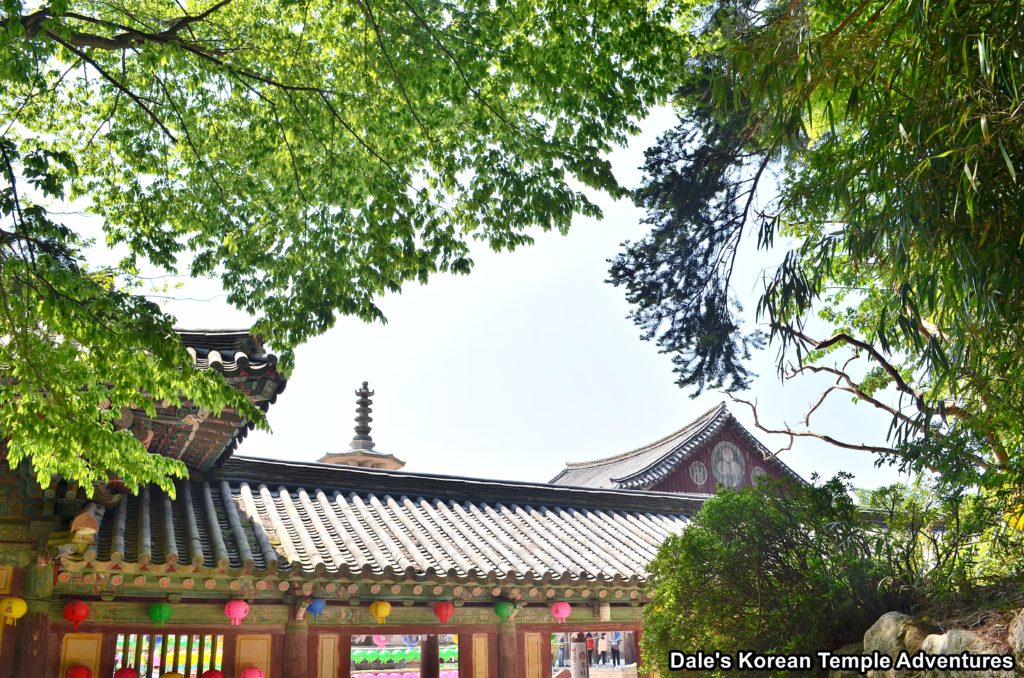
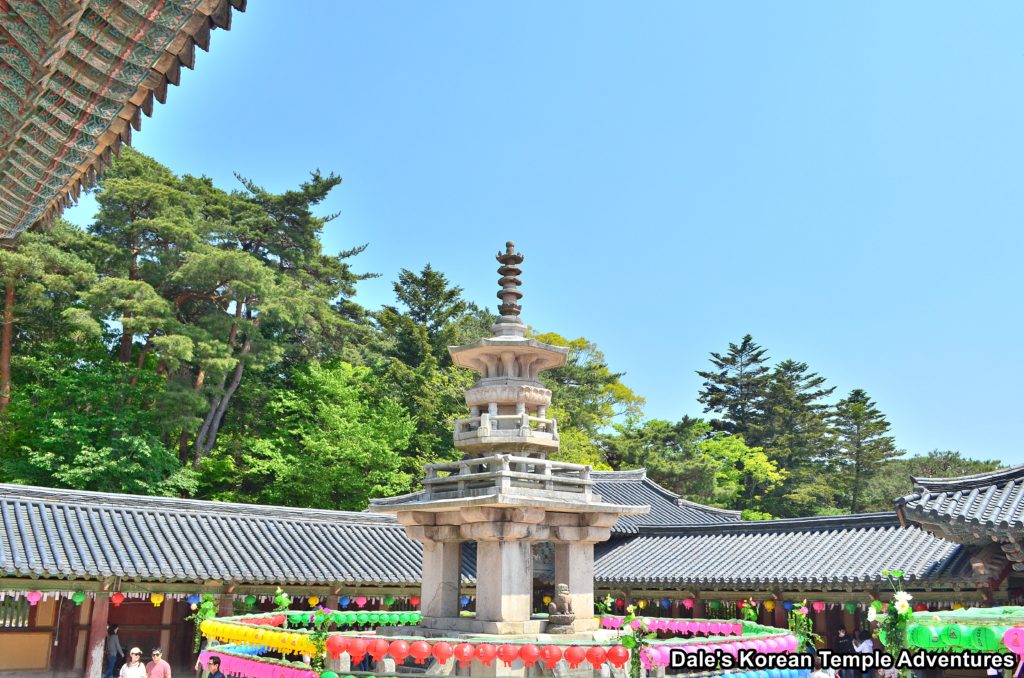
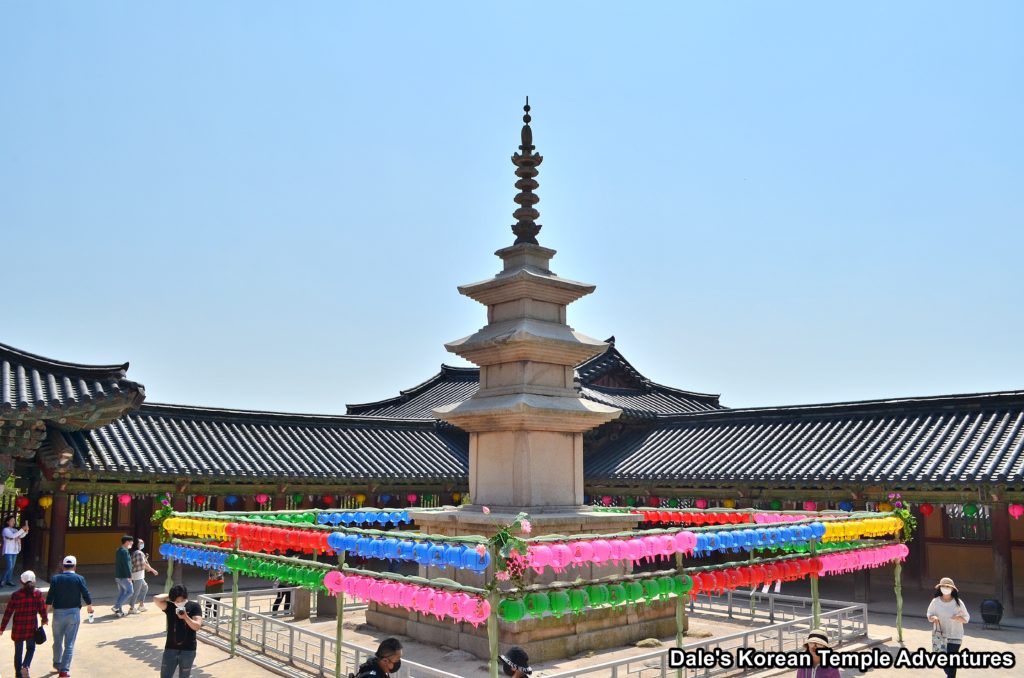
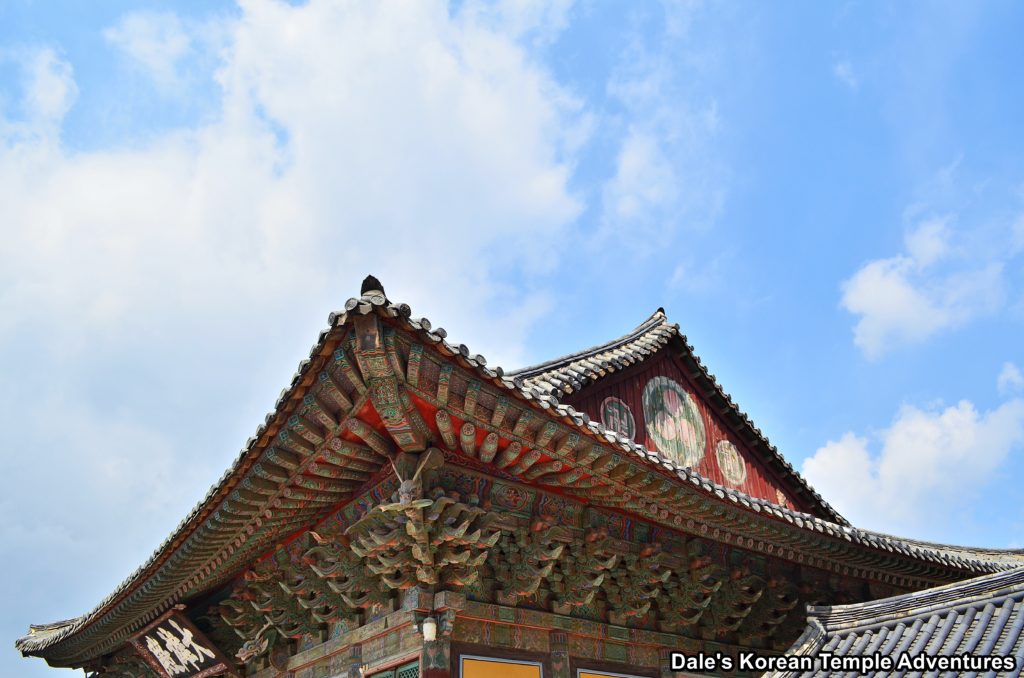
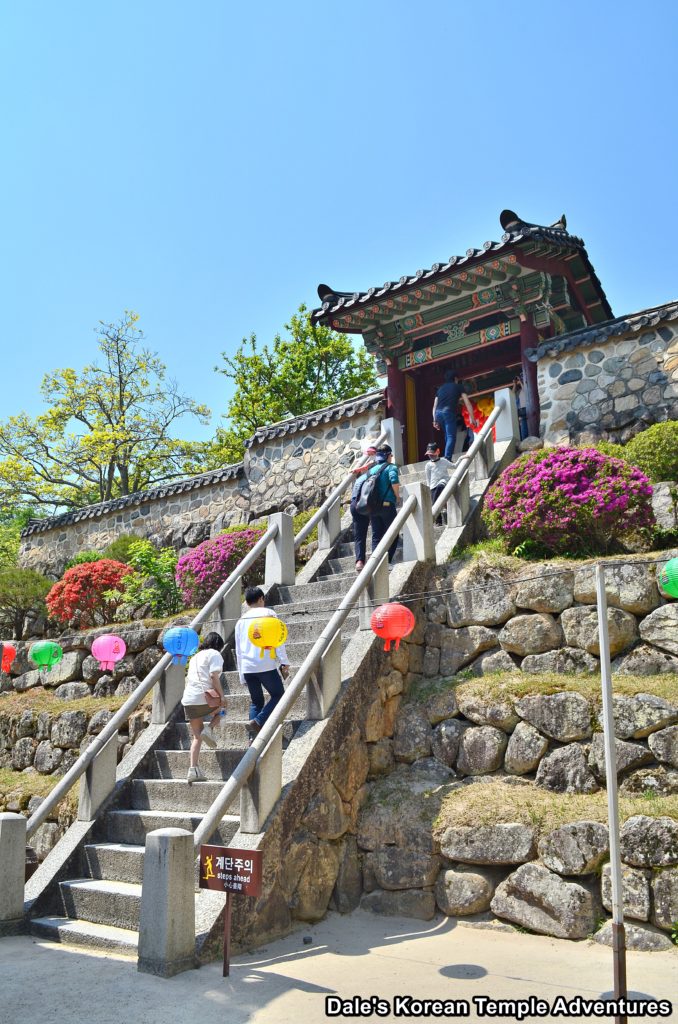
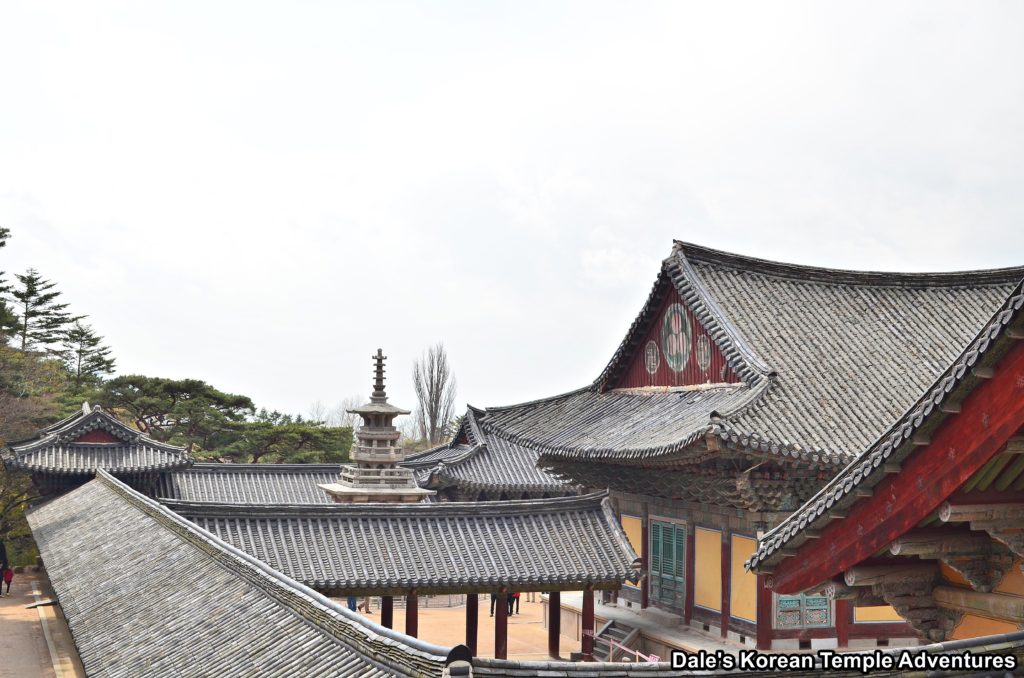
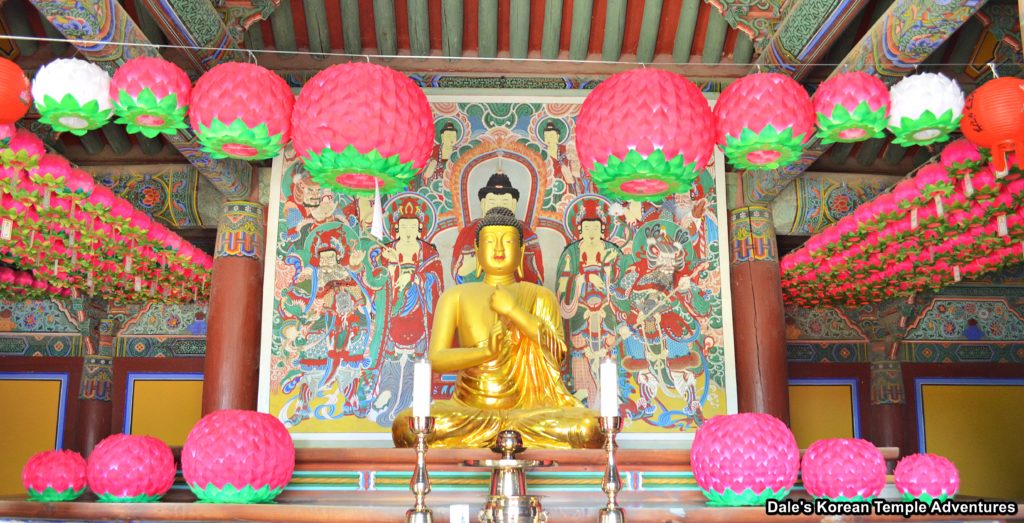
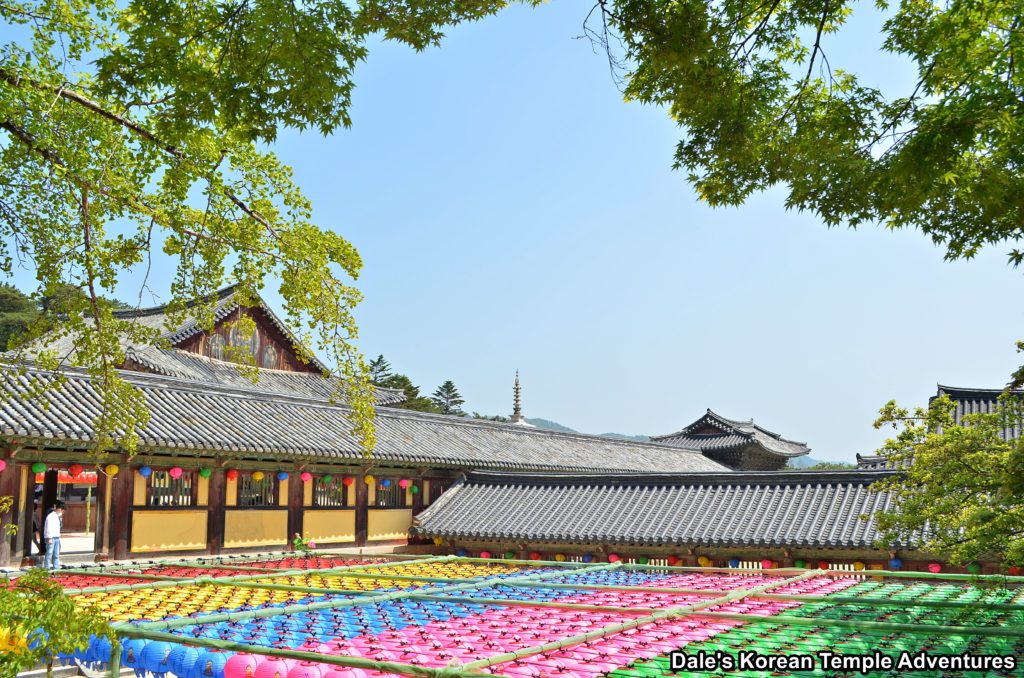
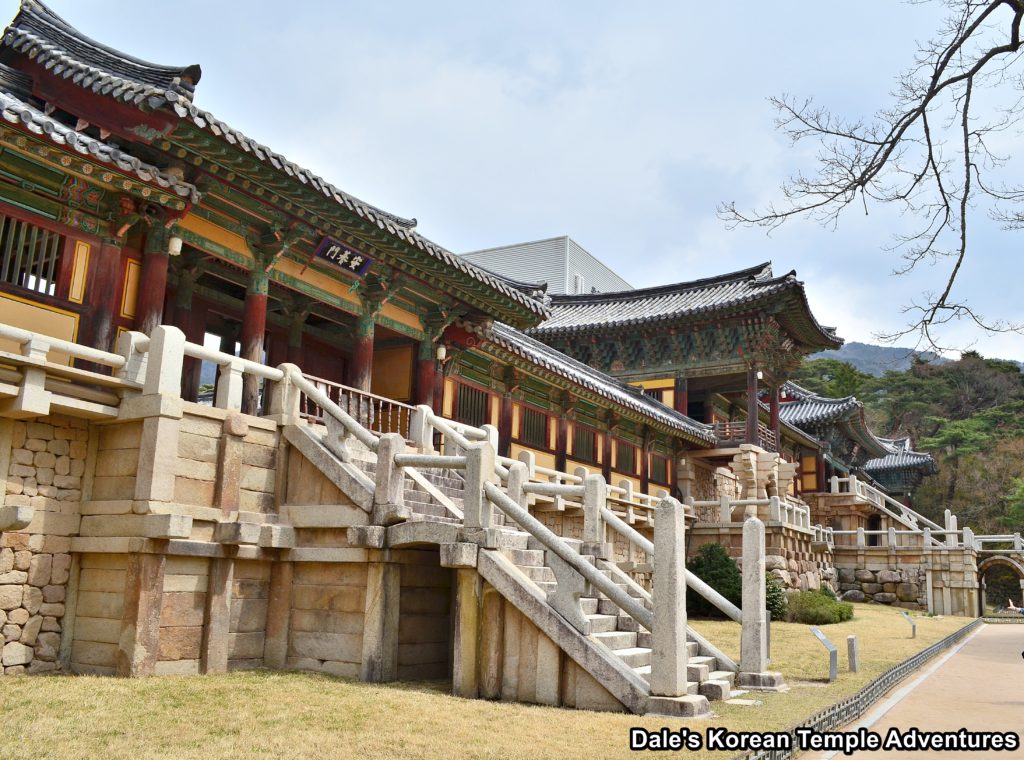


Recent comments